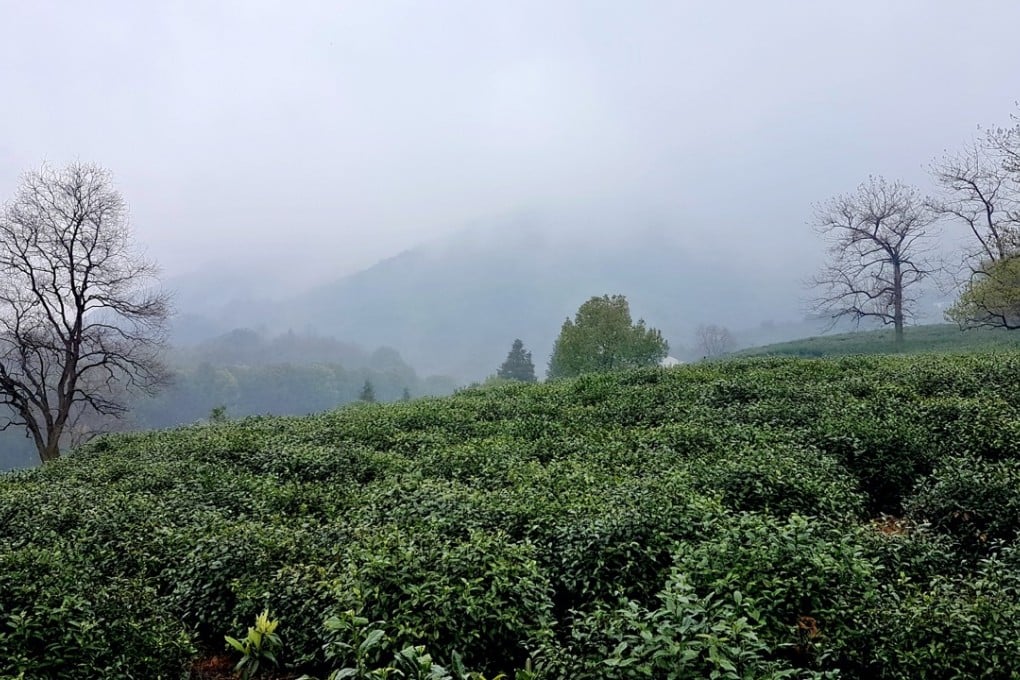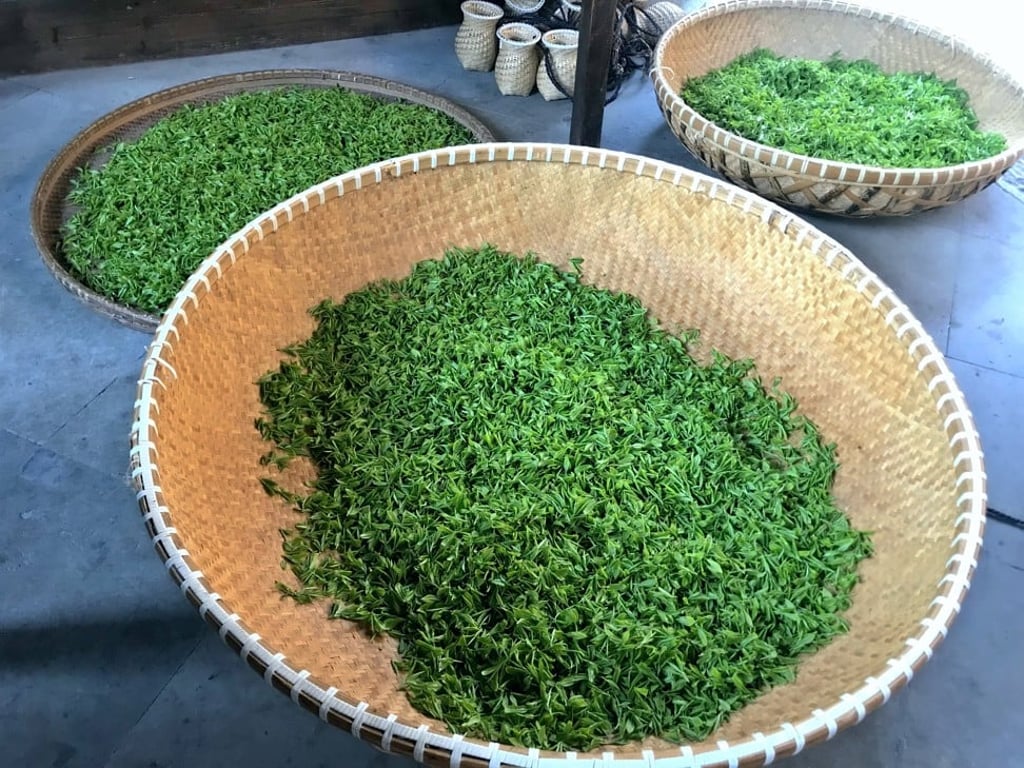How to get hands-on picking and roasting China’s Longjing tea, famous brew from Hangzhou’s West Lake
The variety of green tea historically grown around the scenic West Lake is among the best in China, and the spring picking season has become a tourist draw. Here’s everything you need to know about joining in the harvest

Legend has it that in the Qing dynasty, during one of Emperor Qianlong’s visits to the West Lake in eastern China, he personally plucked a number of tea leaves and granted imperial status to 18 Longjing bushes in Longjing Village.
Today, tourists can mimic the emperor in his leisurely pursuits at the many tea establishments in Hangzhou, the capital of Zhejiang province where the West Lake is situated.
Only the leaves harvested from the West Lake region can be graded as Xihu Longjing, widely regarded as one of China’s best teas, although plantations all over Zhejiang do produce other grades of Longjing tea.

Xihu Longjing is only harvested in spring and its premium crops are produced during two specific periods in April:before the Ching Ming festival on April 5 (known as Ming Qian picking), and before April 20 (known as Yu Qian picking). Finding and picking the Ming Qian Longjing is the most labour-intensive, as there are fewer of these leaves but they grow quickly on warm days.
As temperatures rise, more buds emerge on the bushes, and tea harvesting enters its busiest period from April 21 until the end of May. Also known as “new tea”, the delicate, hand-pressed tea buds with one leaf can be in such high demand that prices reach 8,000 yuan (US$1,270) per 500 grams.